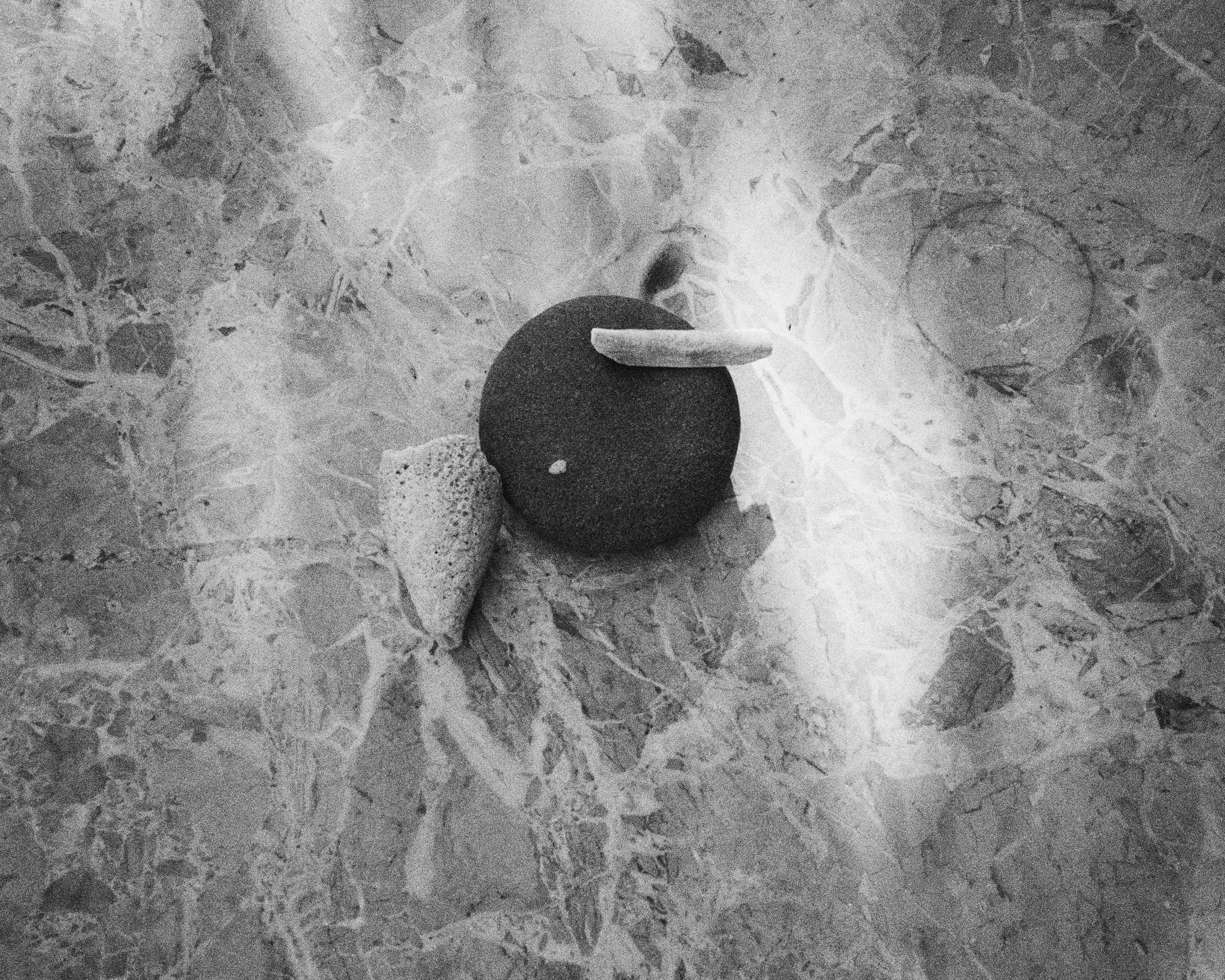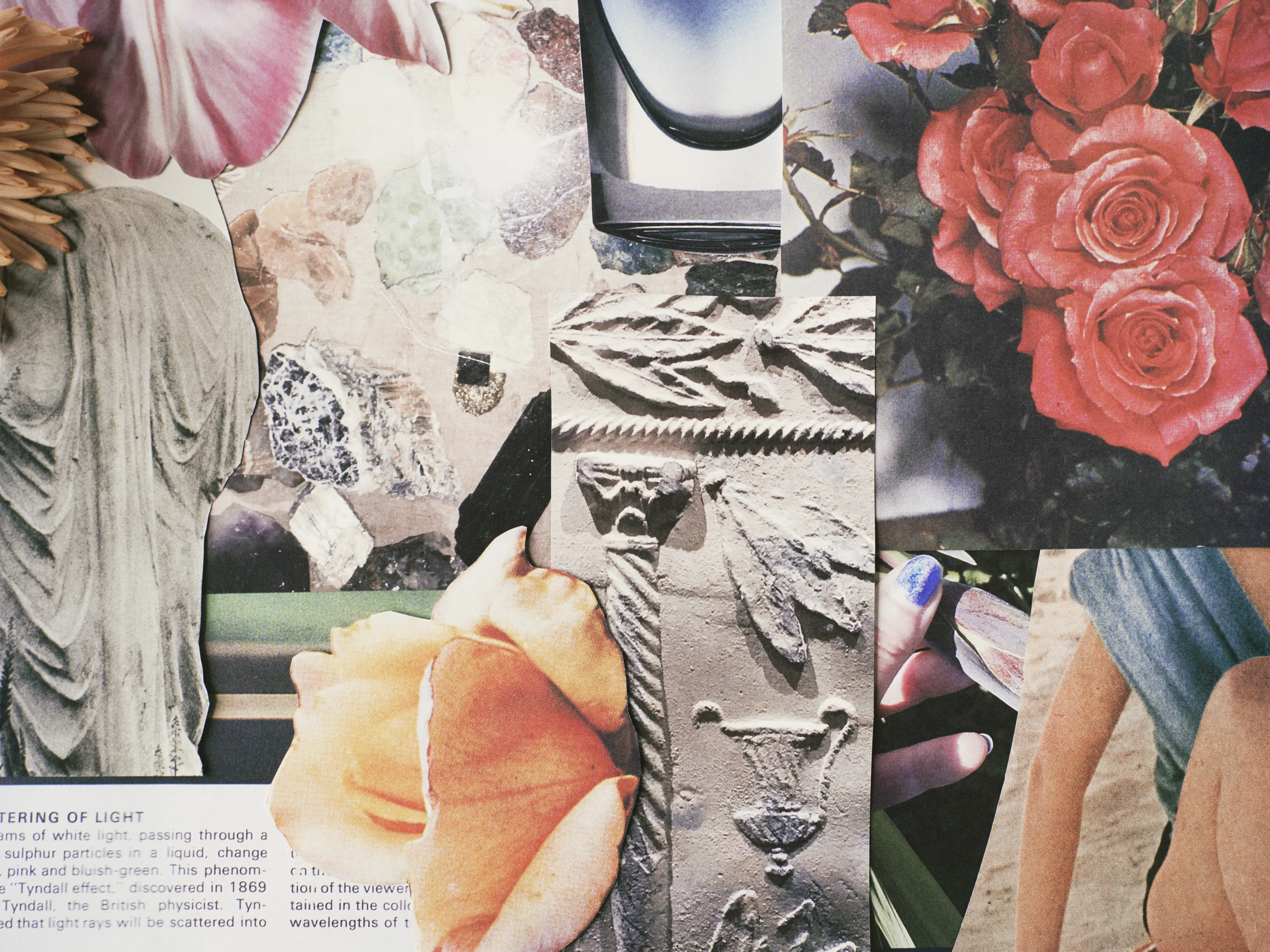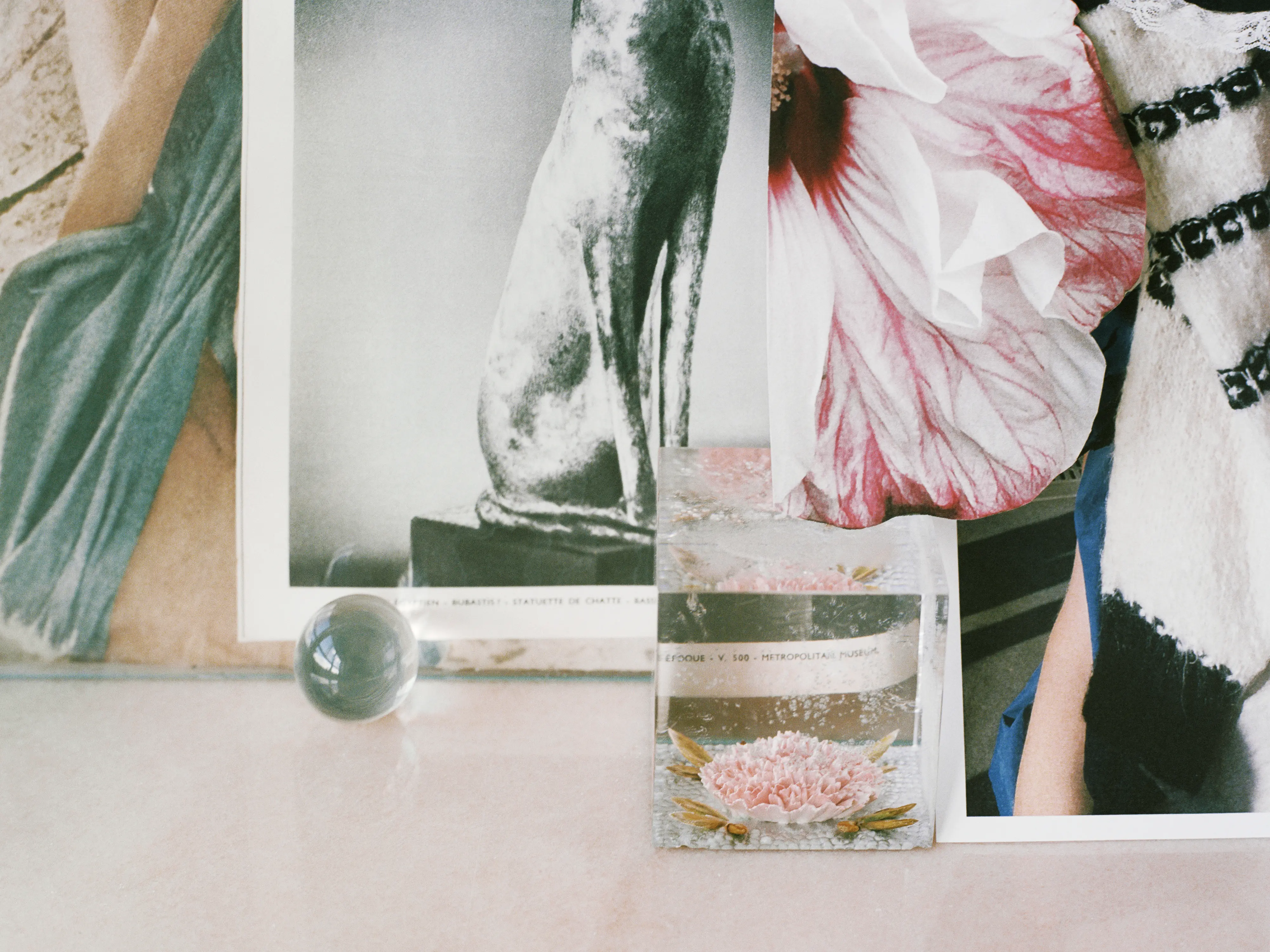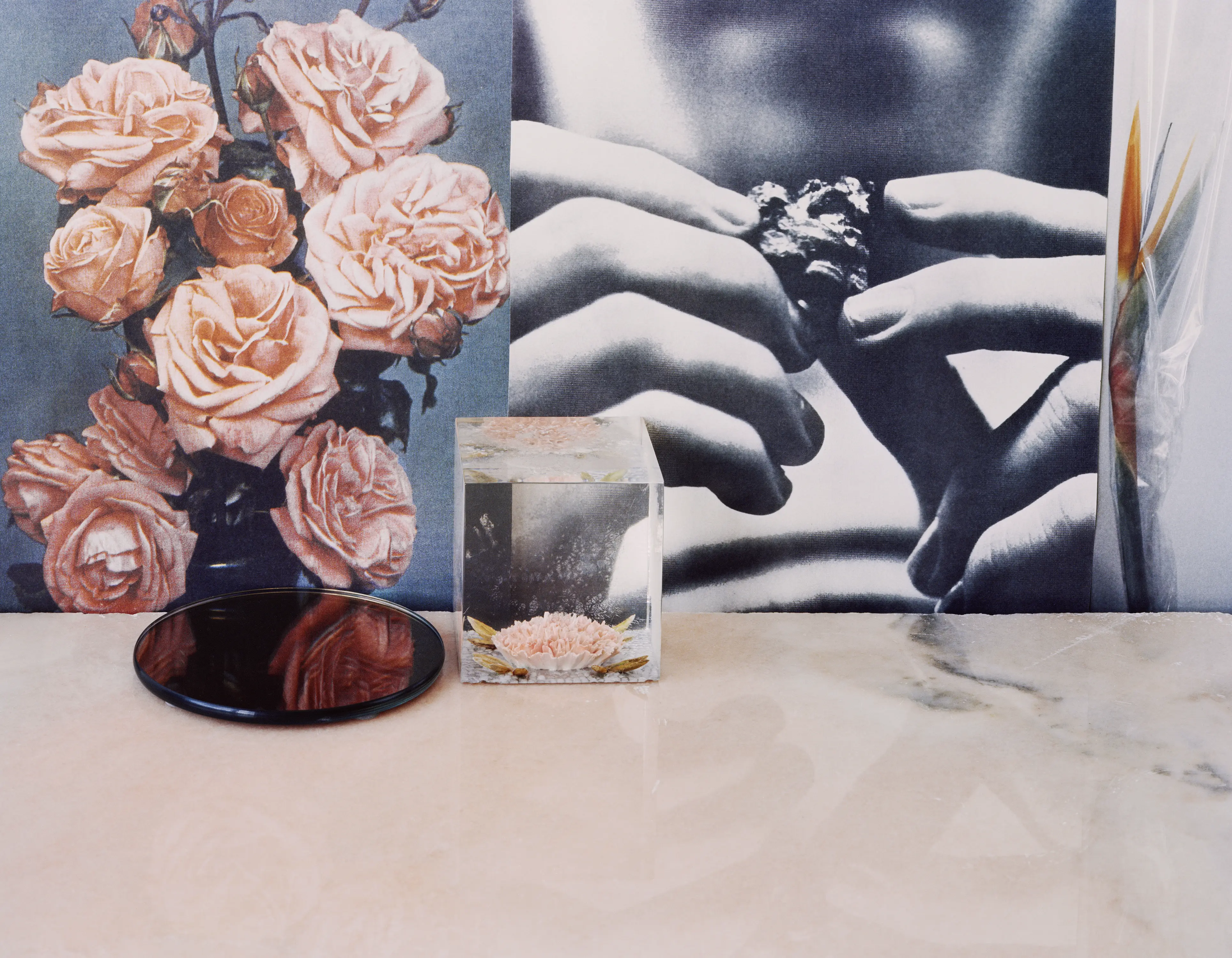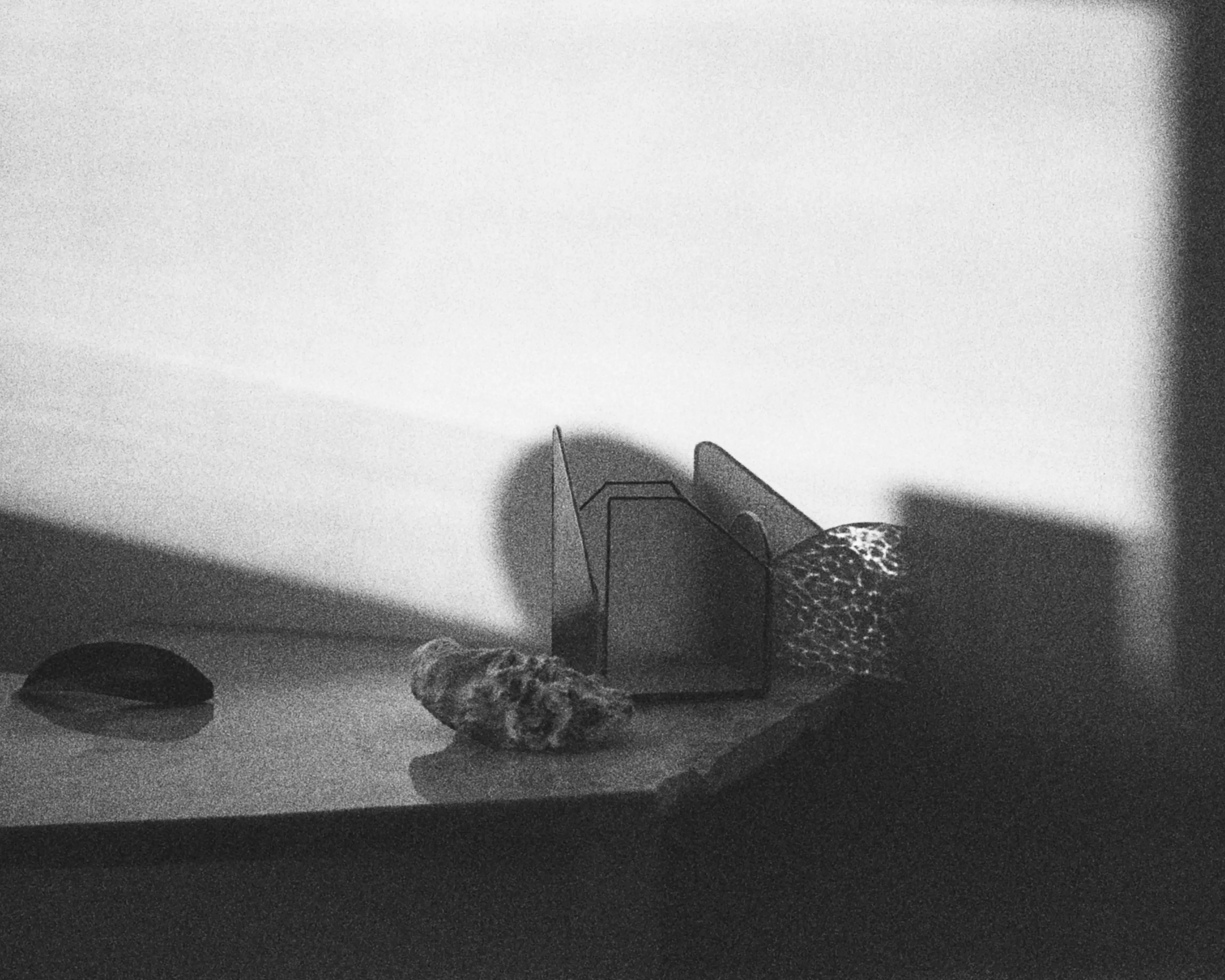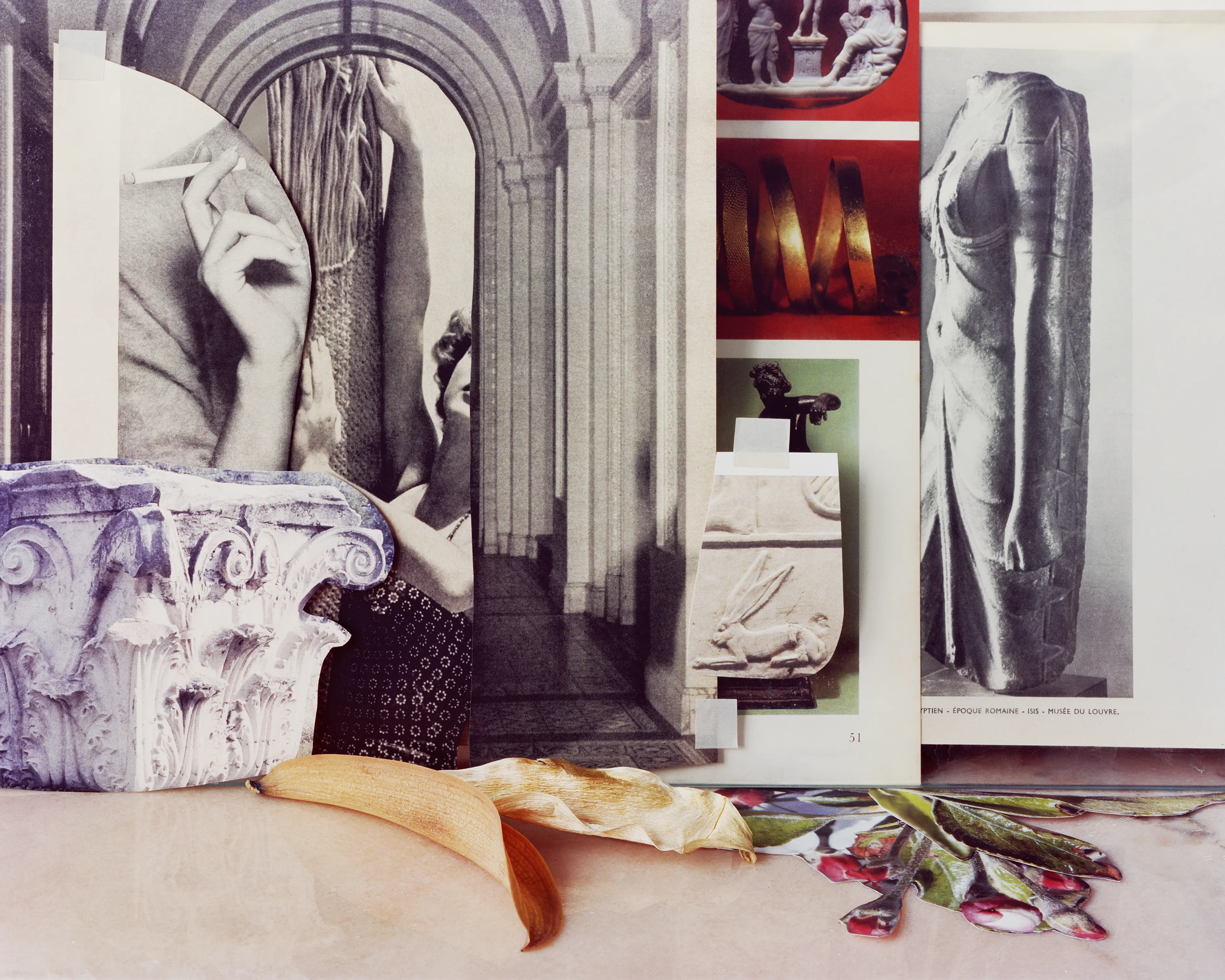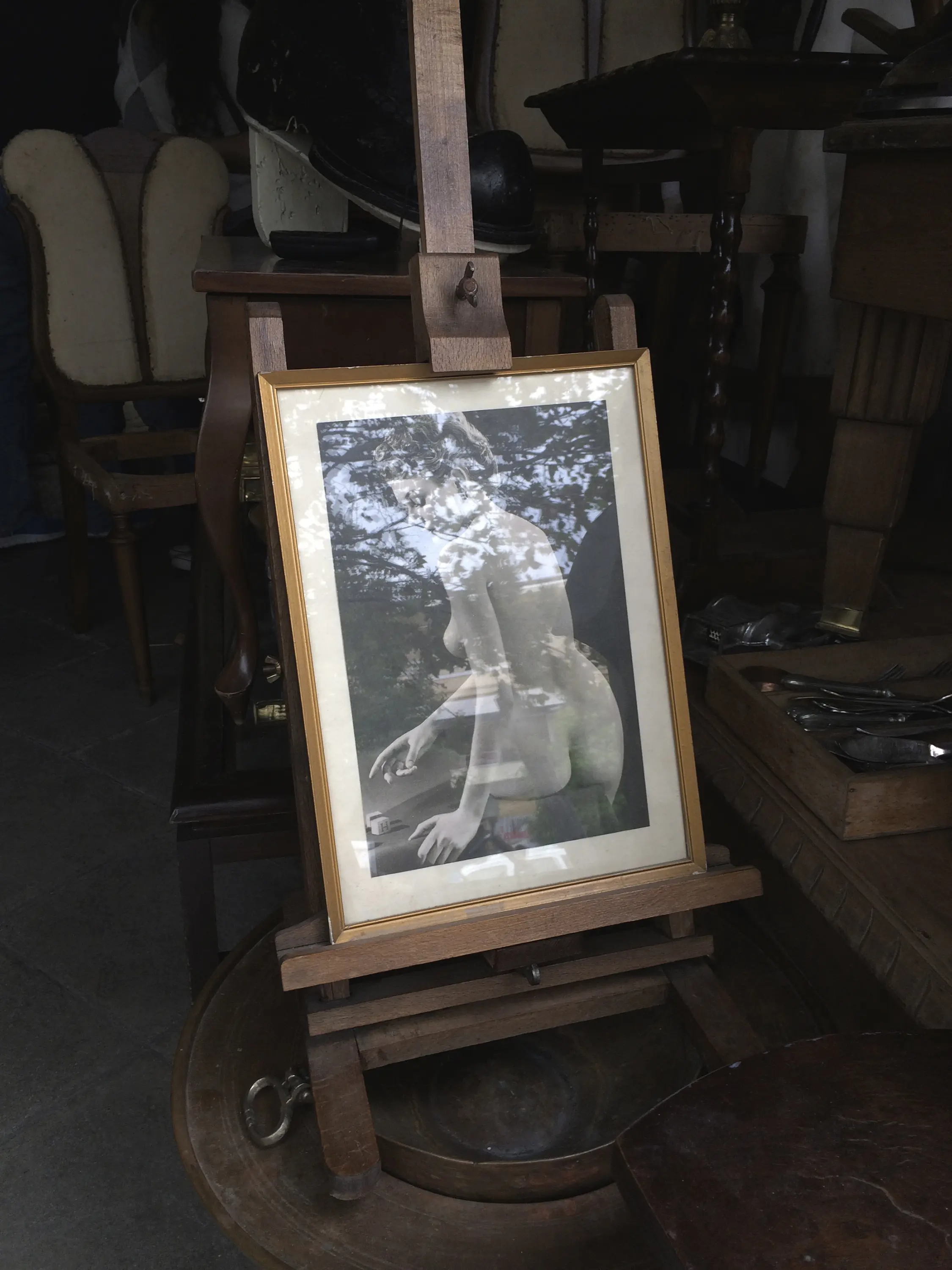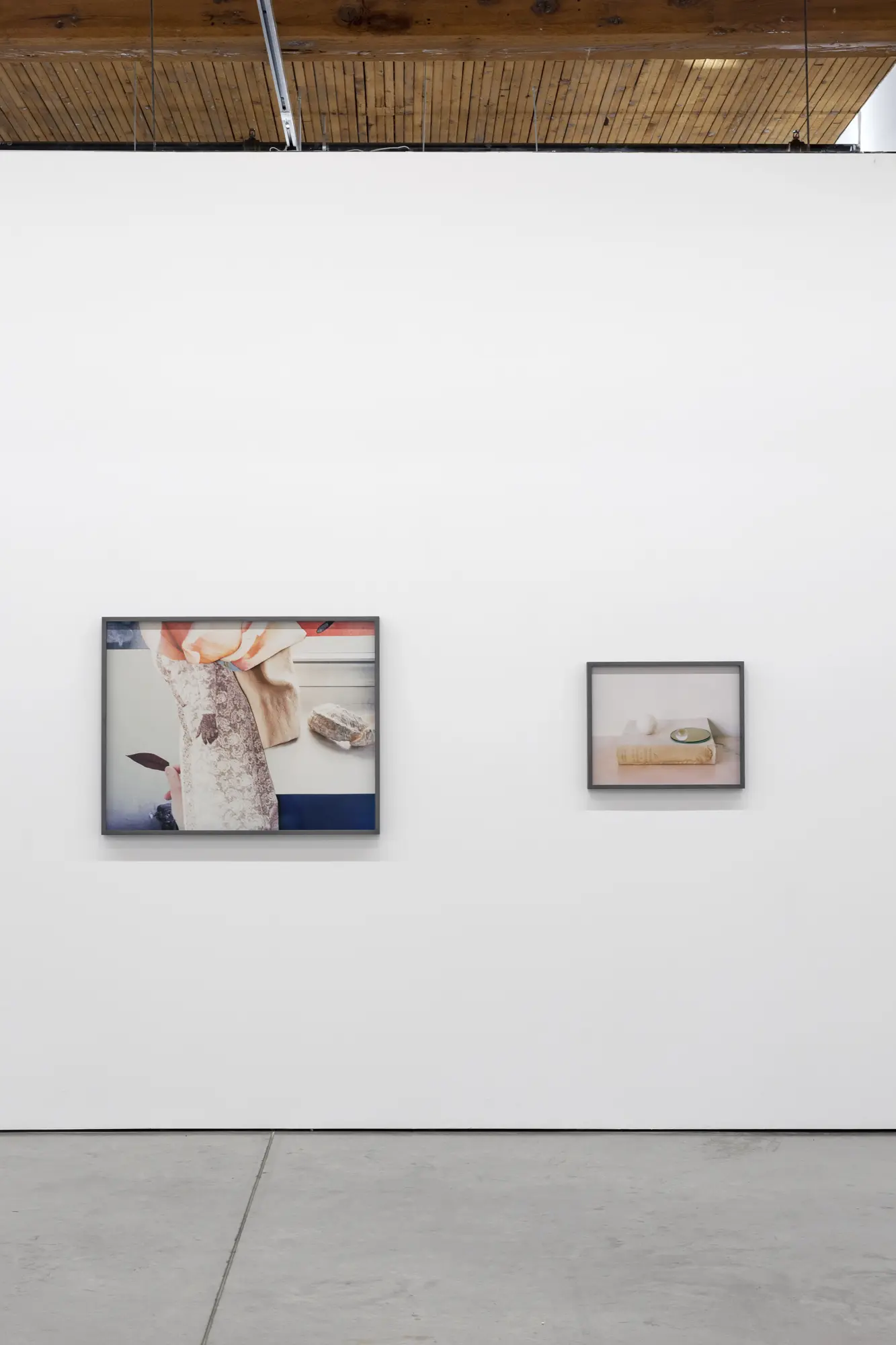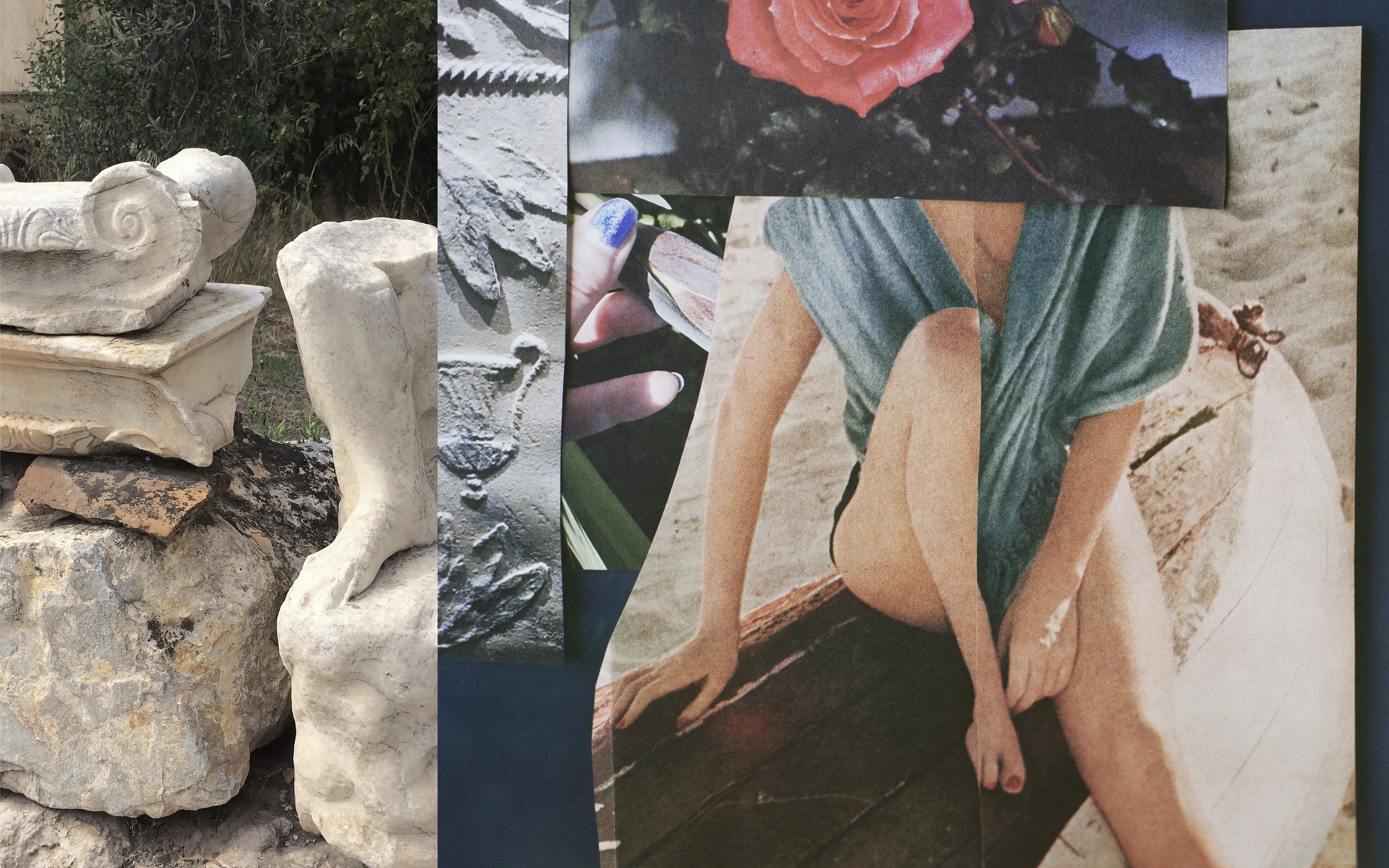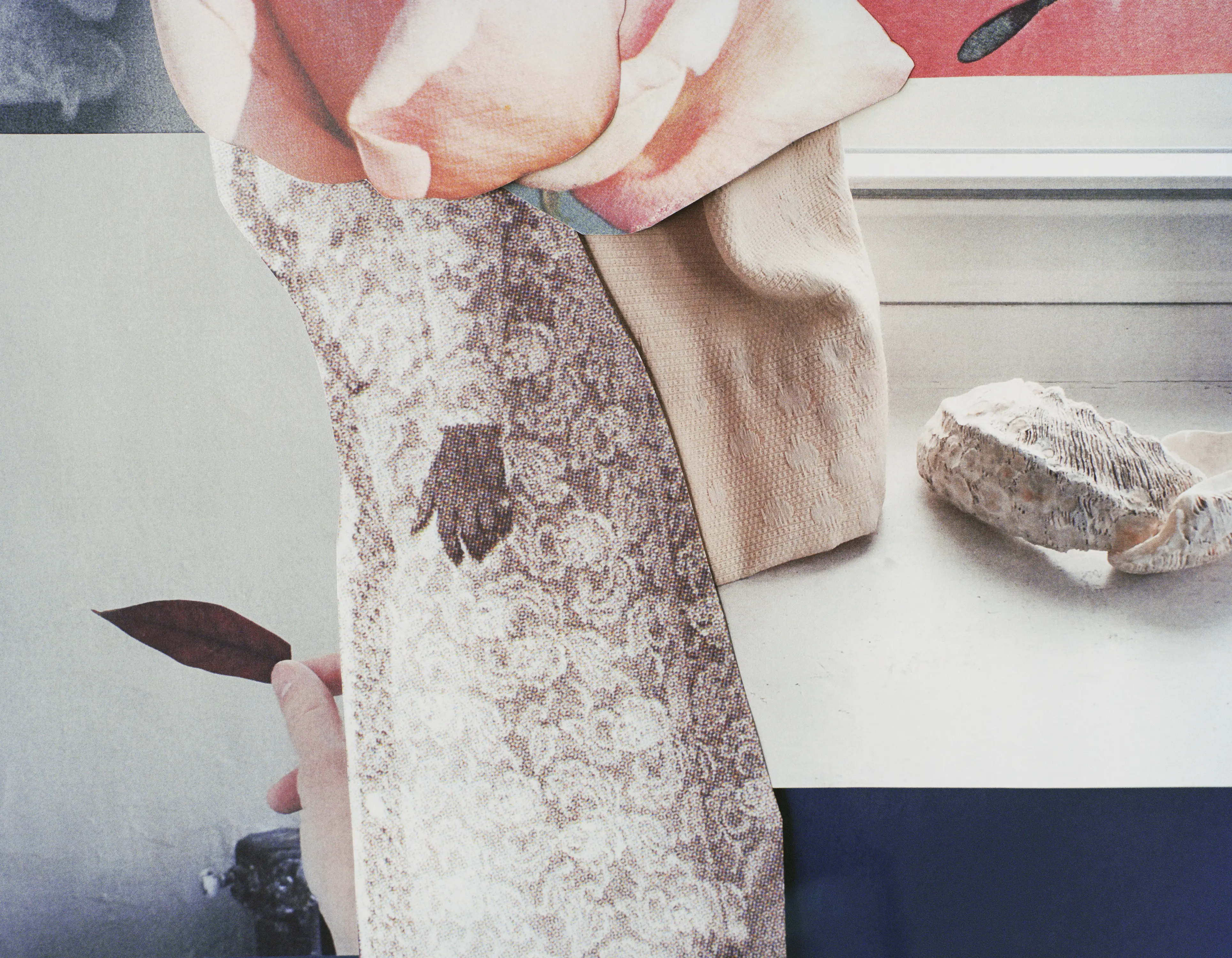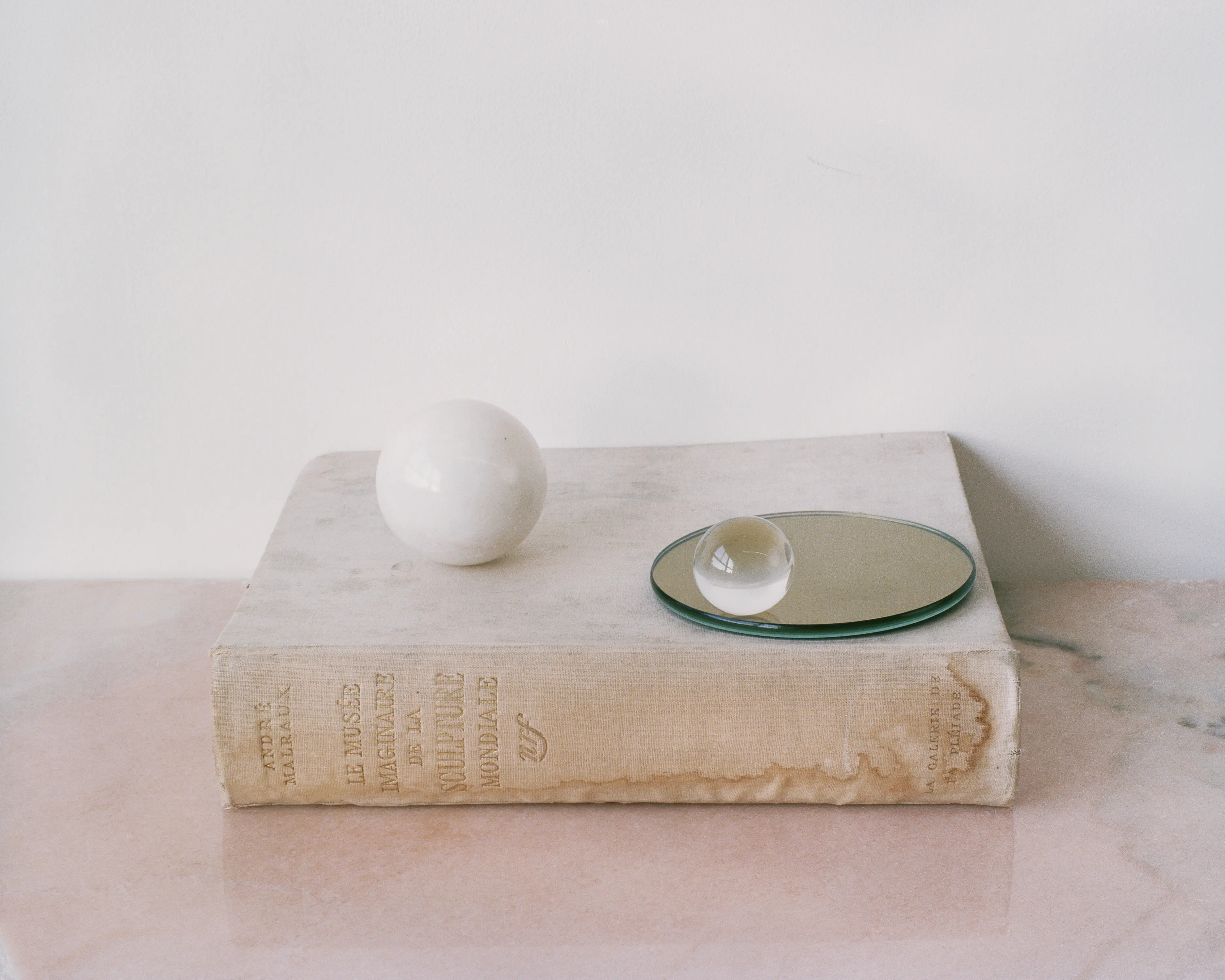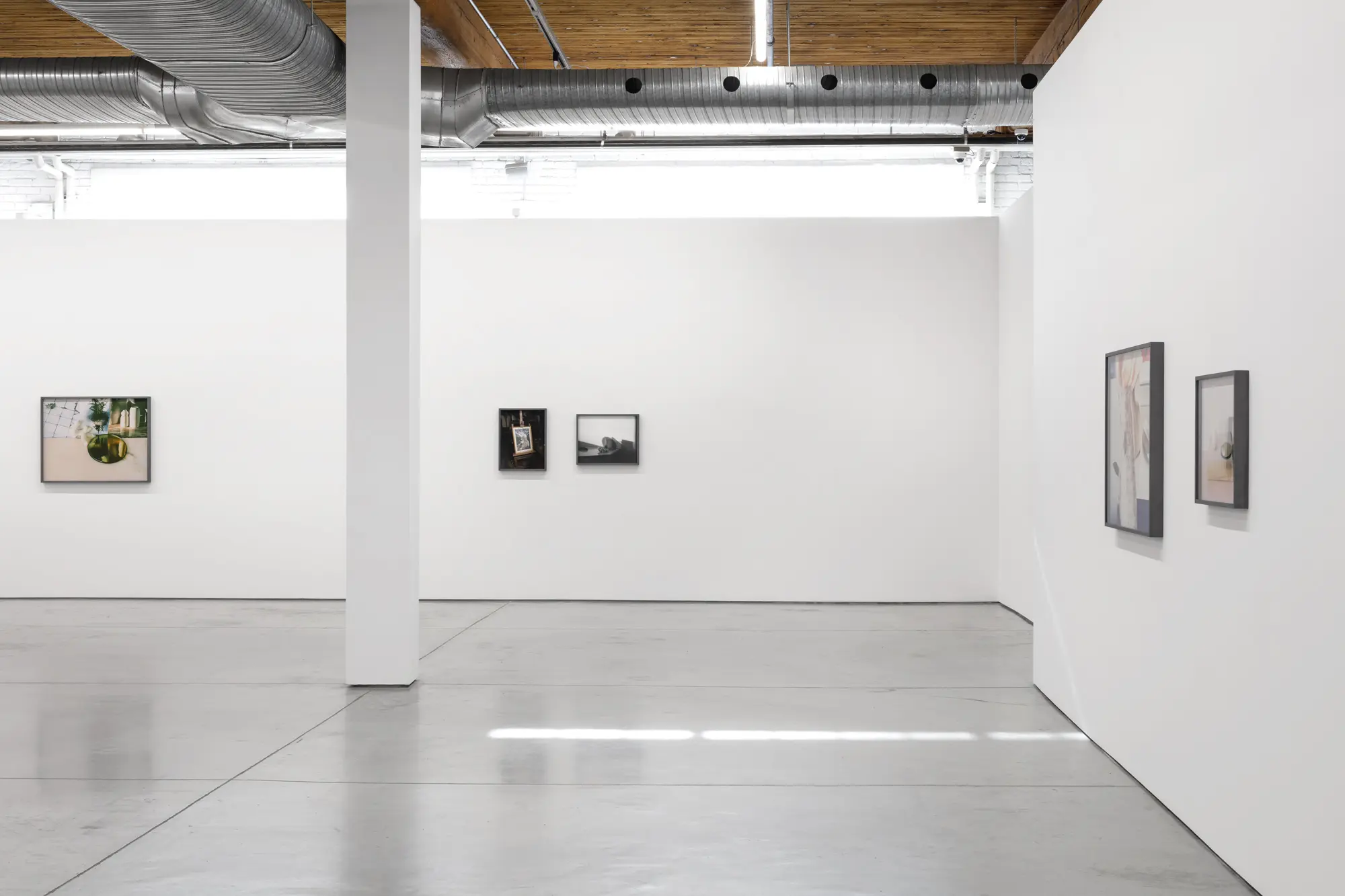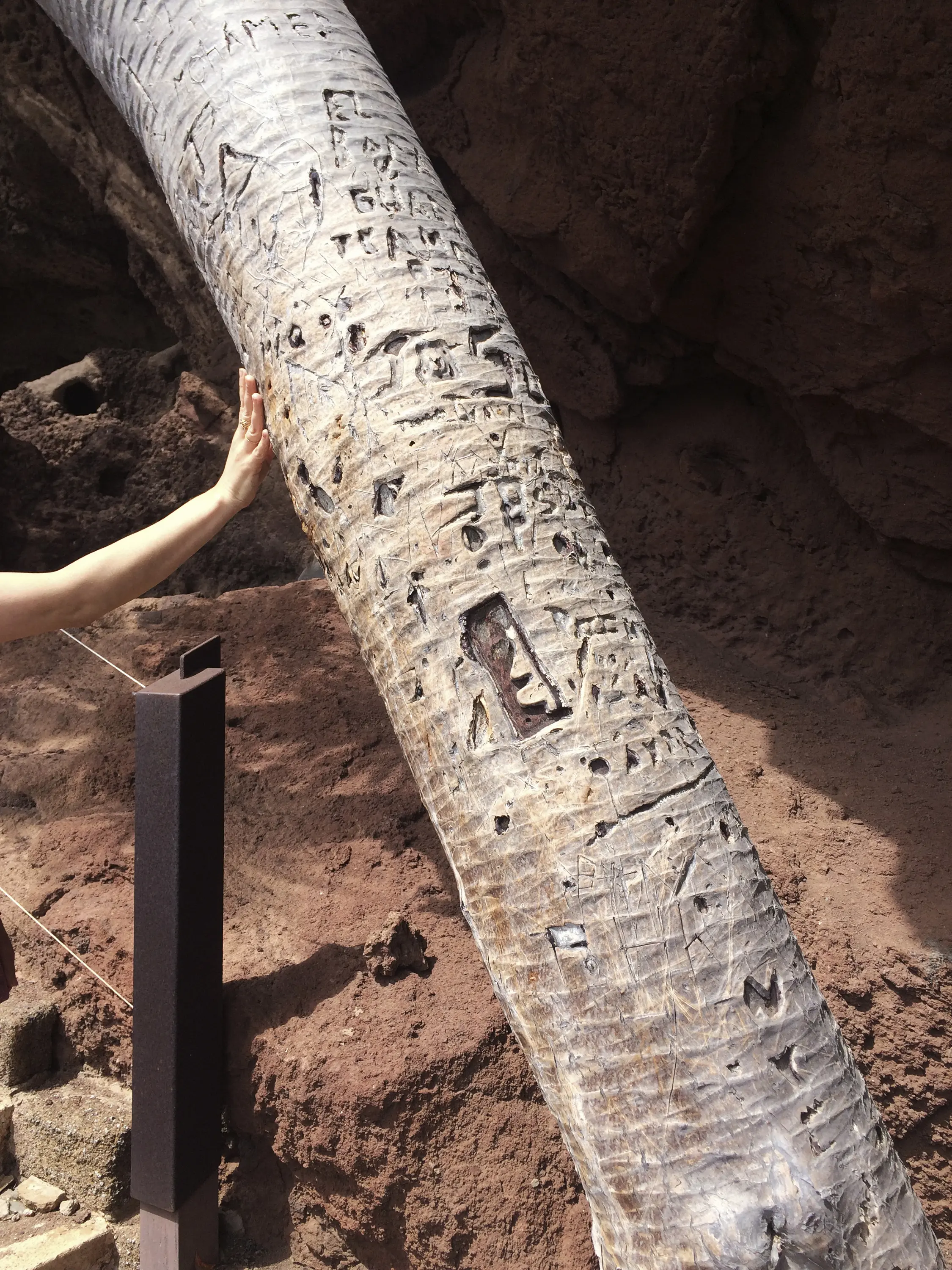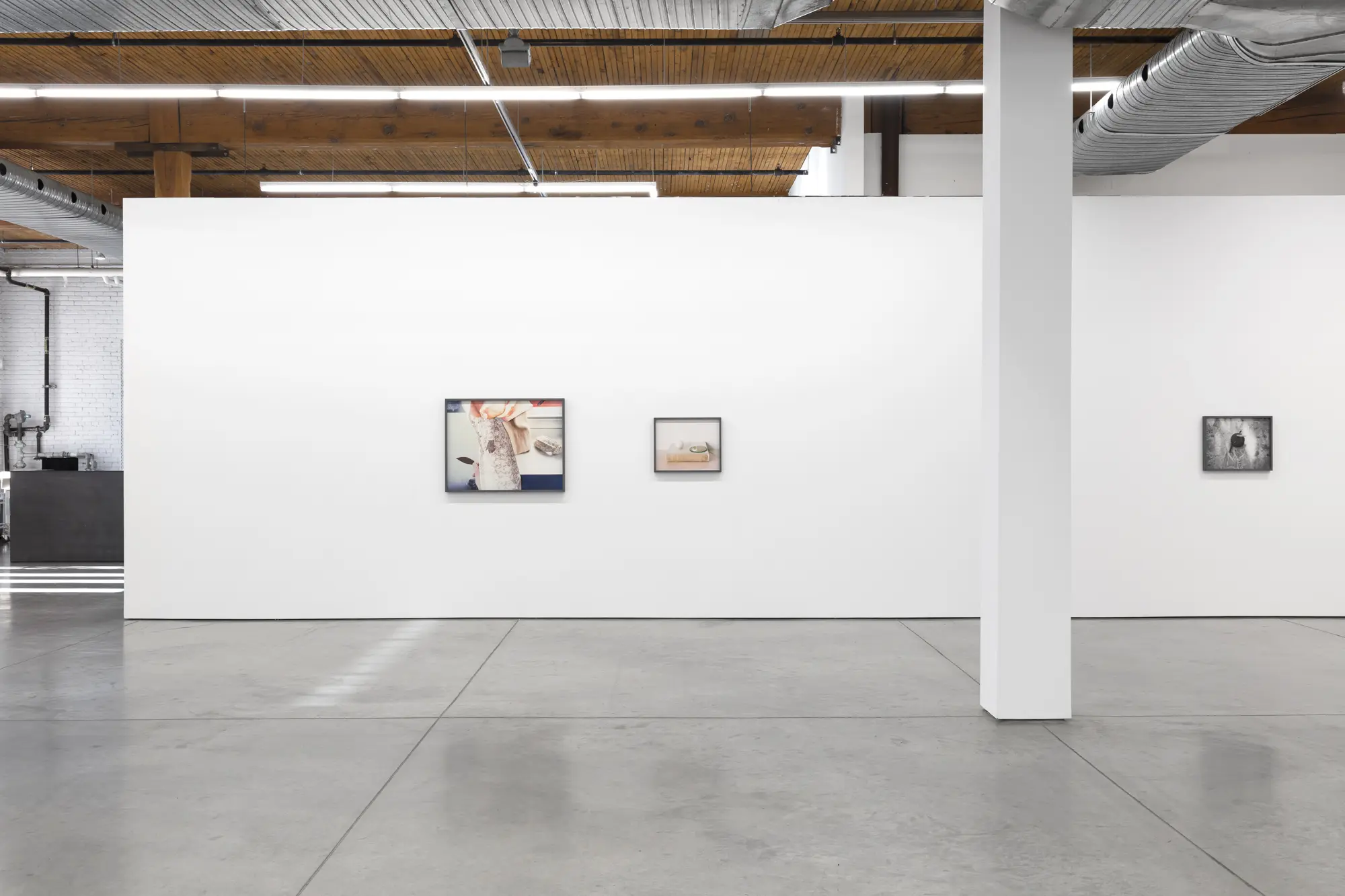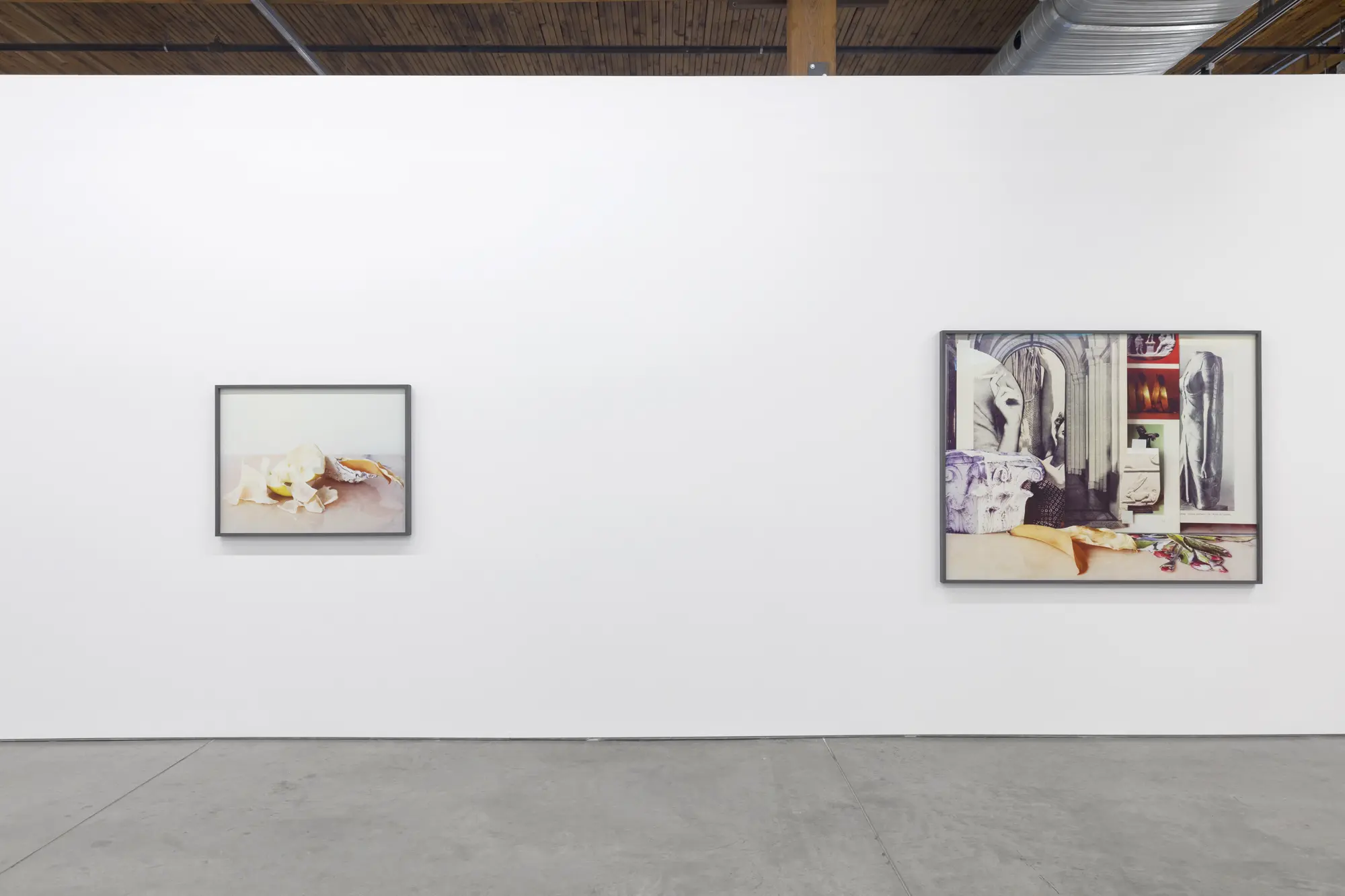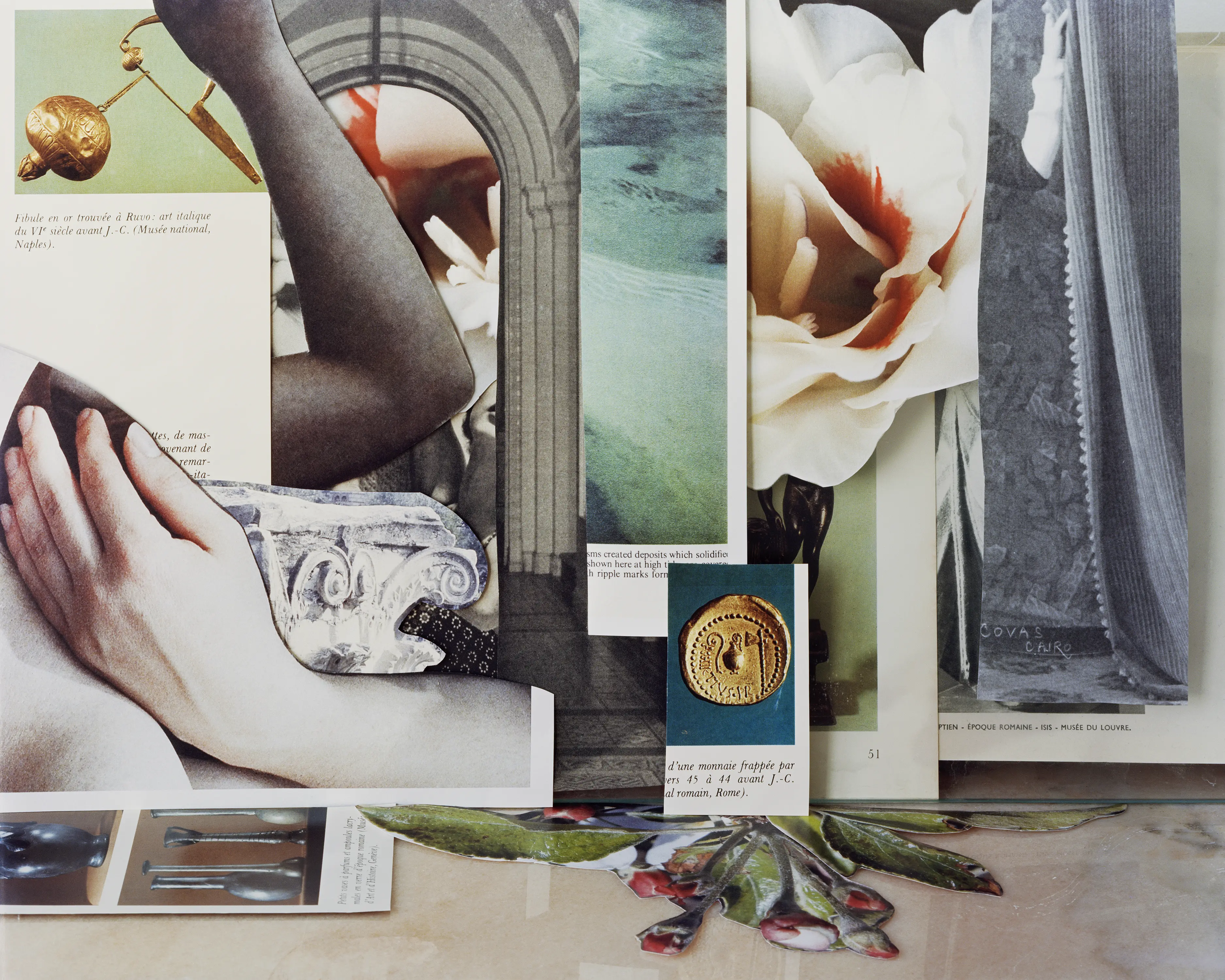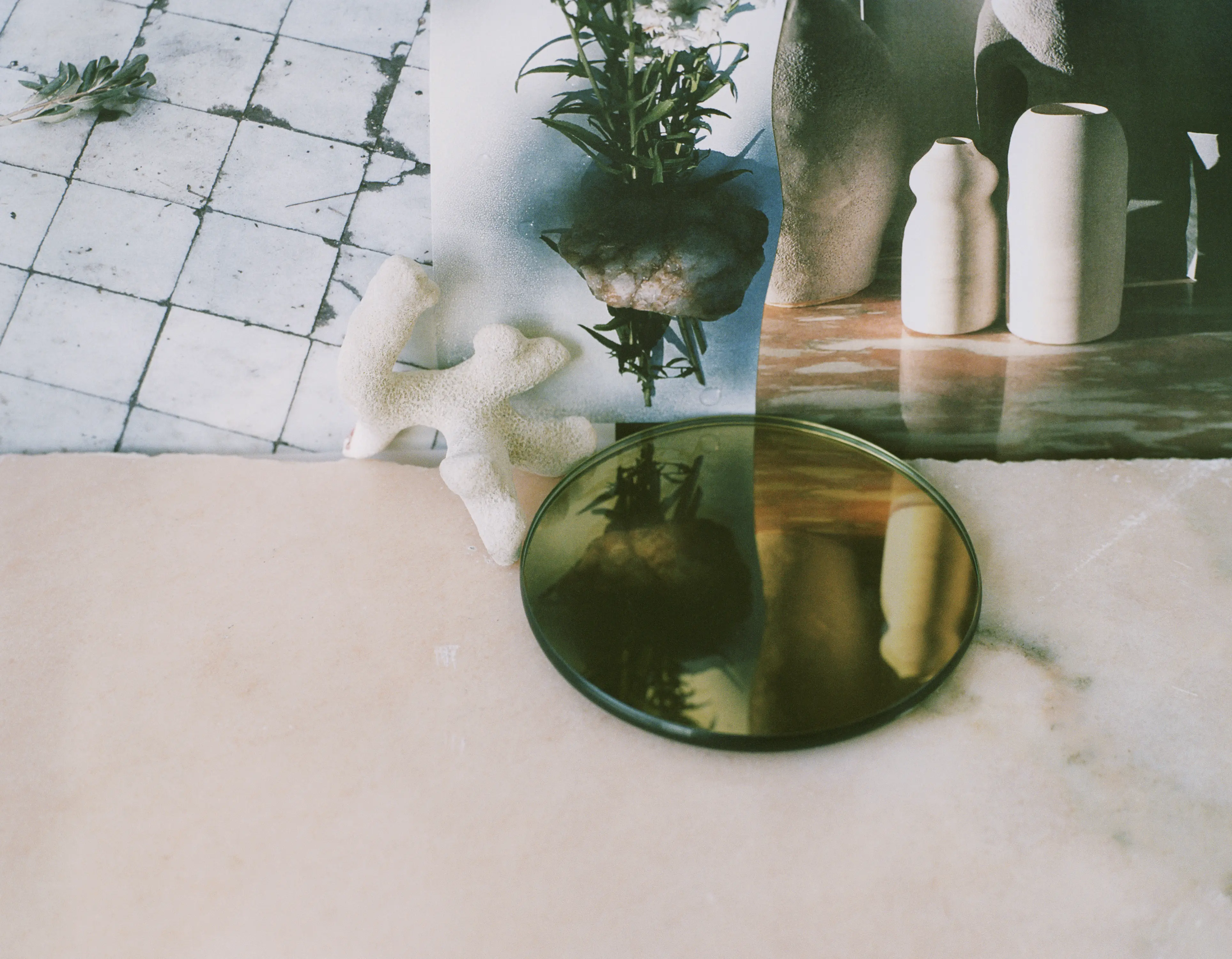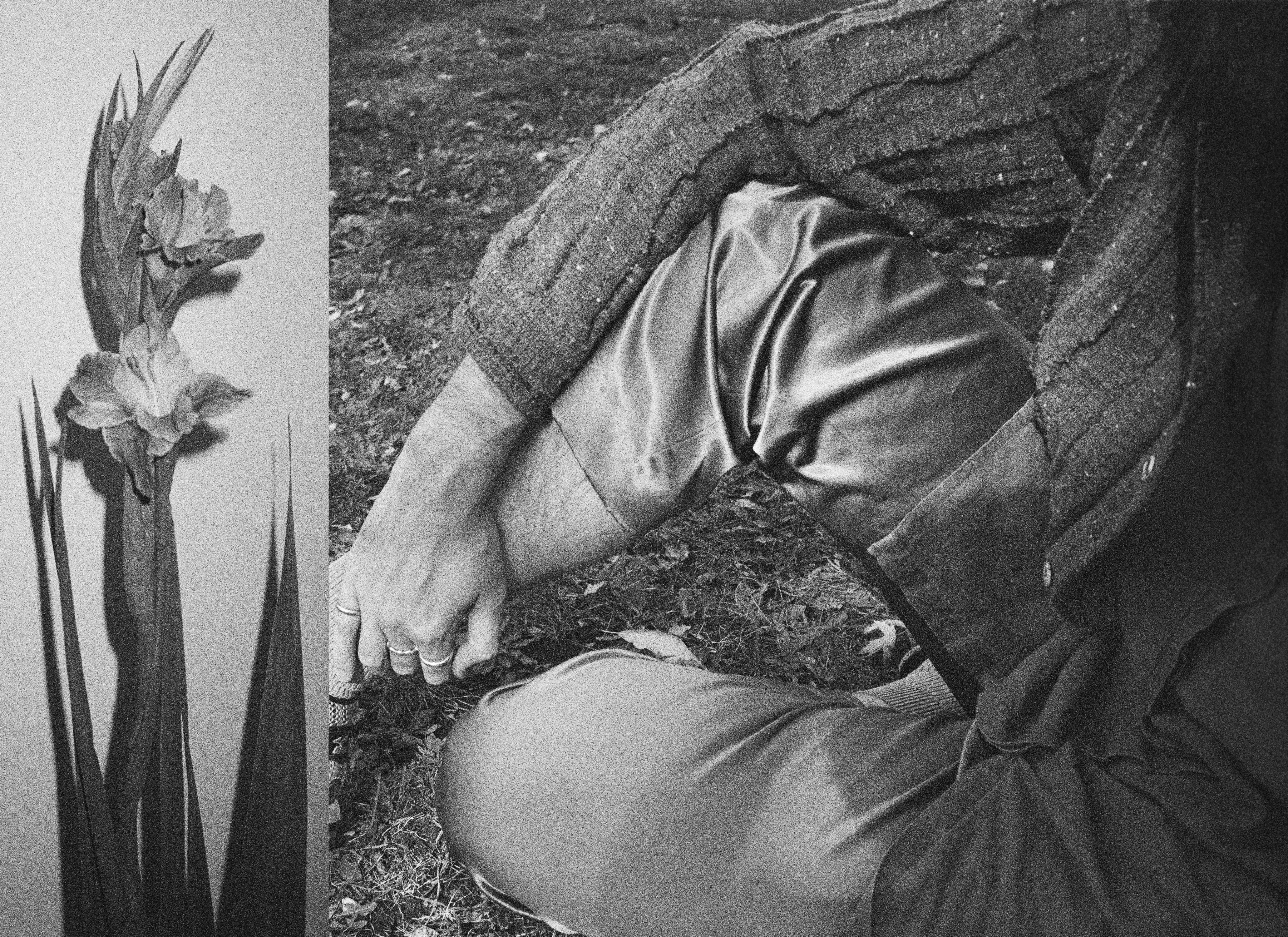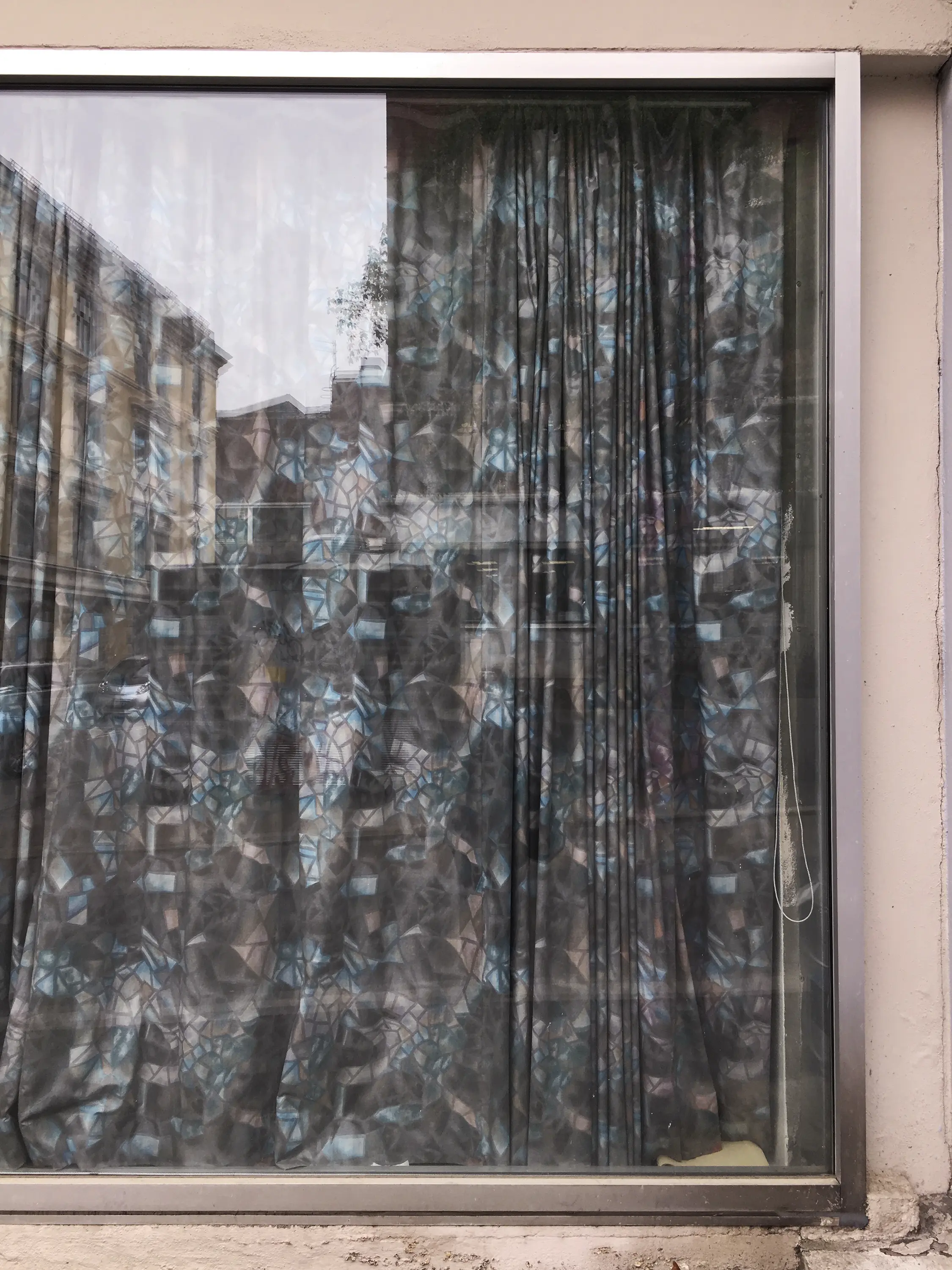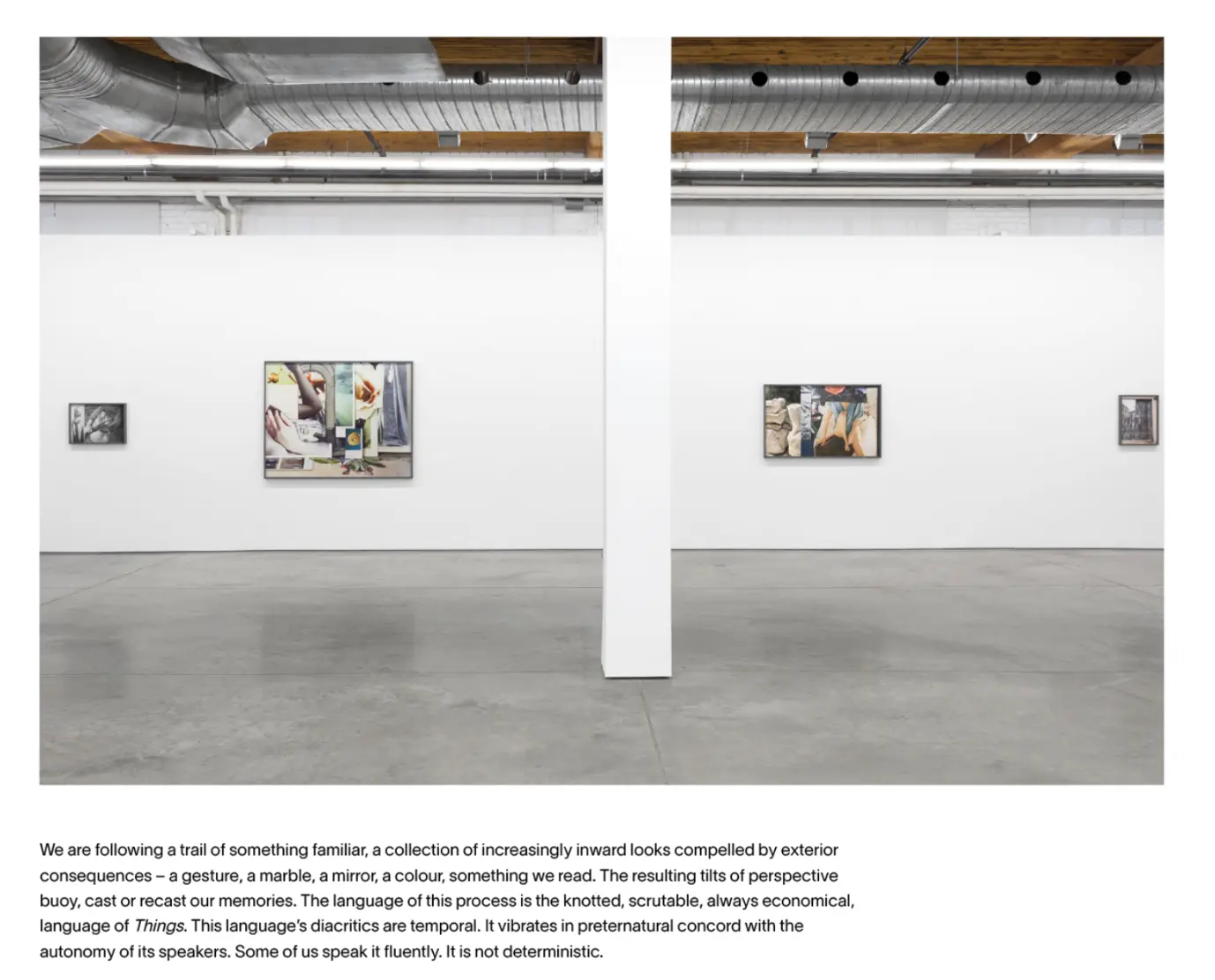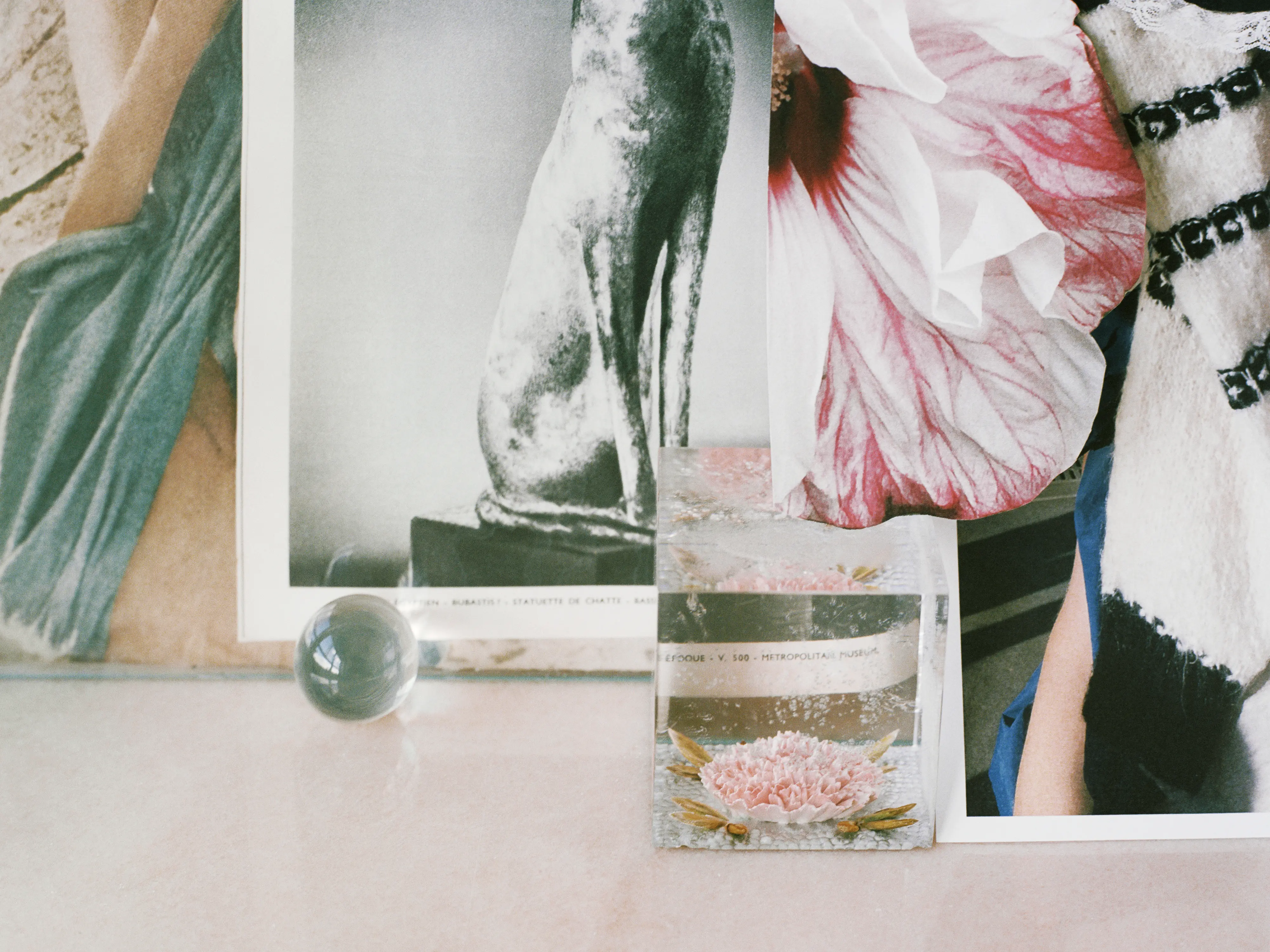
Flotsam
We are following a trail of something familiar, a collection of increasingly inward looks compelled by exterior consequences - a gesture, a marble, a mirror, a colour, something we read. The resulting tilts of perspective buoy, cast or recast our memories. The language of this process is the knotted, scrutable, always economical, language of Things. This language’s diacritics are temporal. It vibrates in preternatural concord with the autonomy of its speakers. Some of us speak it fluently. It is not deterministic.
The trail is not static and it is not a record - it is a combination of arrangement, pressure and intuition, inflected by time. We know about time, sitting and looking at what’s been washing up from our lives and others. We also might attempt a kind of -mancy with what’s found. How to hold it. How to preen it. Or wield it. For how long. Hydromancy. Amathomancy. Some of us are Mancers.
If these compulsions are temporary, they are also agglutinative. They compose, leak into and onto one another when they liaise on a surface. Time binds them together, forming a present tense from a series of past notes to self, intending to draw the memory back to a dulling marker, to pull up the rope and disentangle the jetsam from the net. These notes are both personal and im-; they are on purpose. Breadcrumbs. Amap. They are also (like their capture) carefully eventually, unmaking themselves. There is something else here. Previously deemed derelict, maybe mistaken as noise, fog, murk, mollusks. A dredging here of what’s always been there. Submerged things become gathering places for sea moss, seaweed, brightly colored comb clips, a wide hinge, a clam, a translucent ghost or a string of bubbles, pearls from a round orifice-come-live. By gathering on an erosive surface they become evocative of something forgotten. Remember: Object is a natal tongue; the tongue a cork jacket. We got here by floating.
— Danielle St-Amour, January 2021
